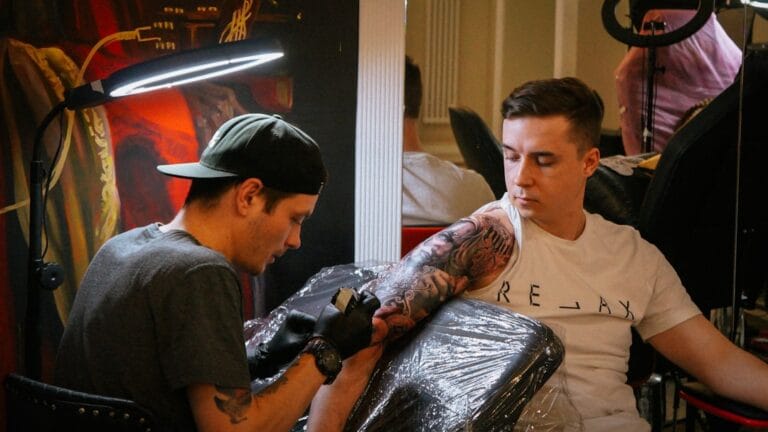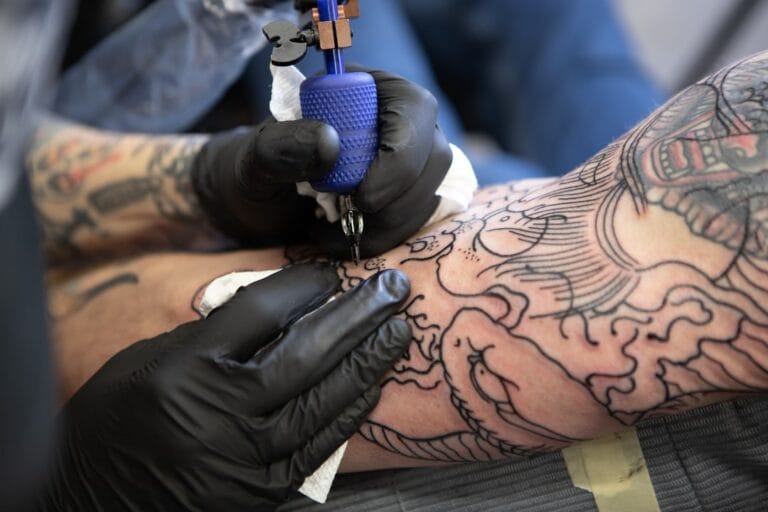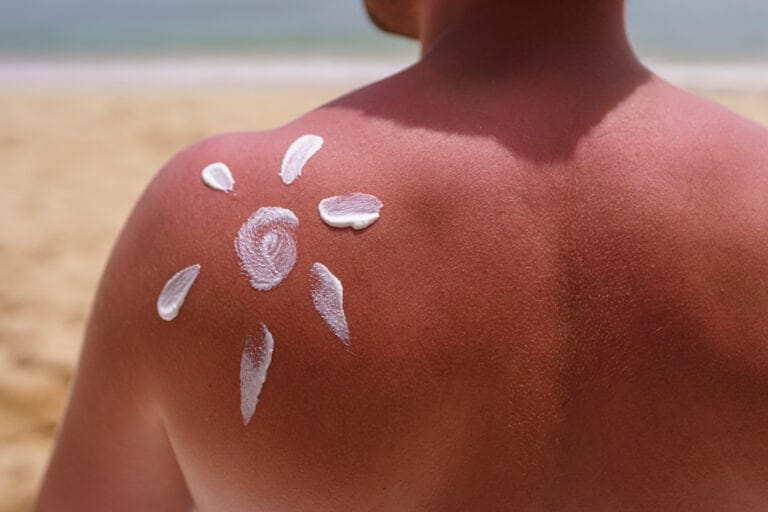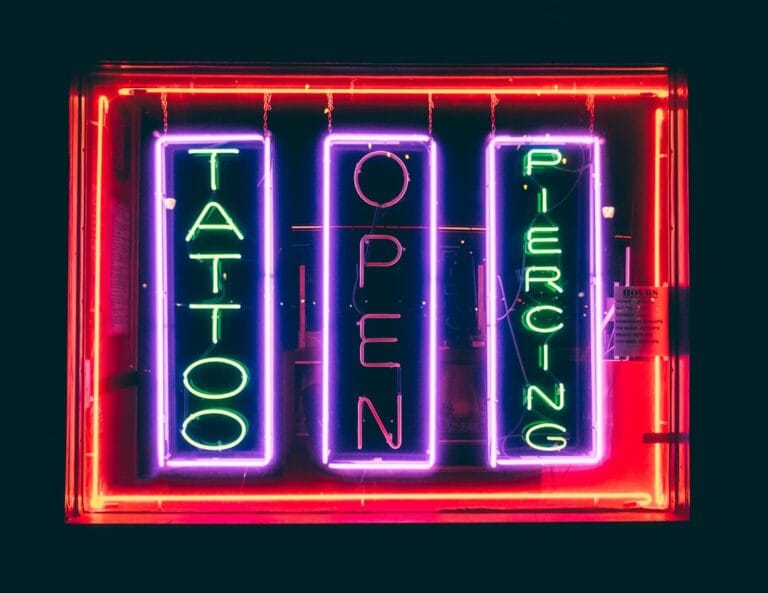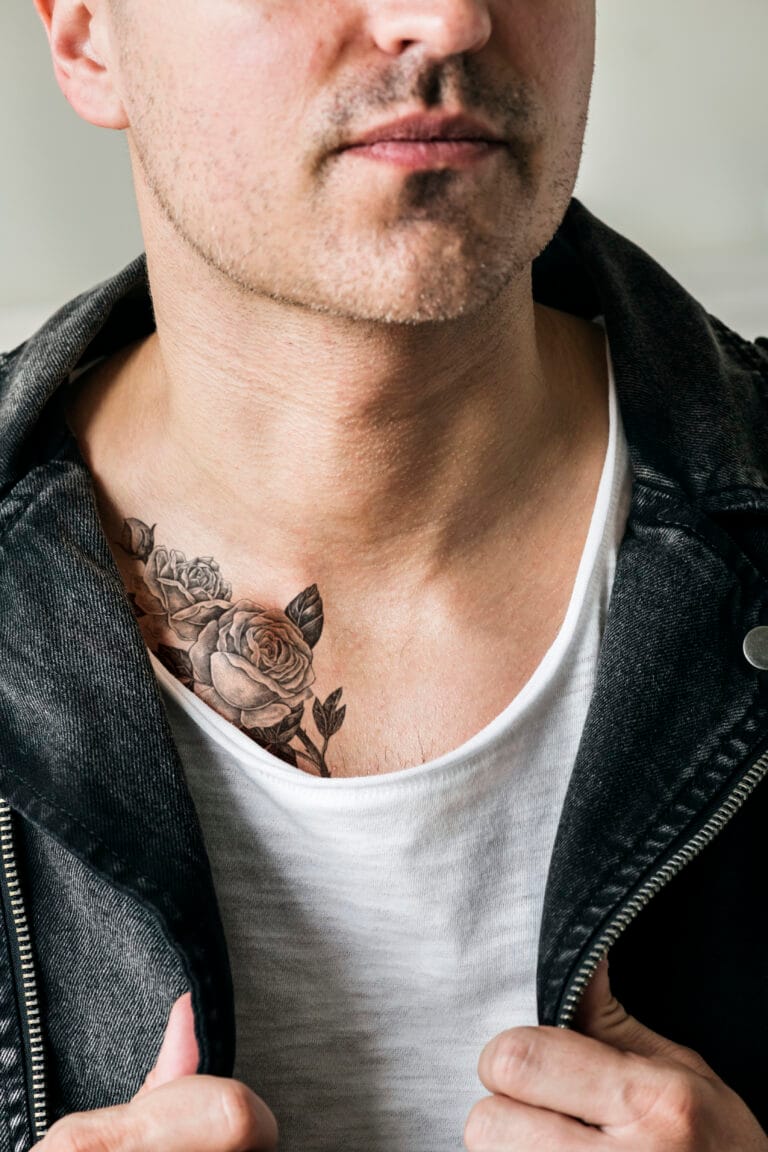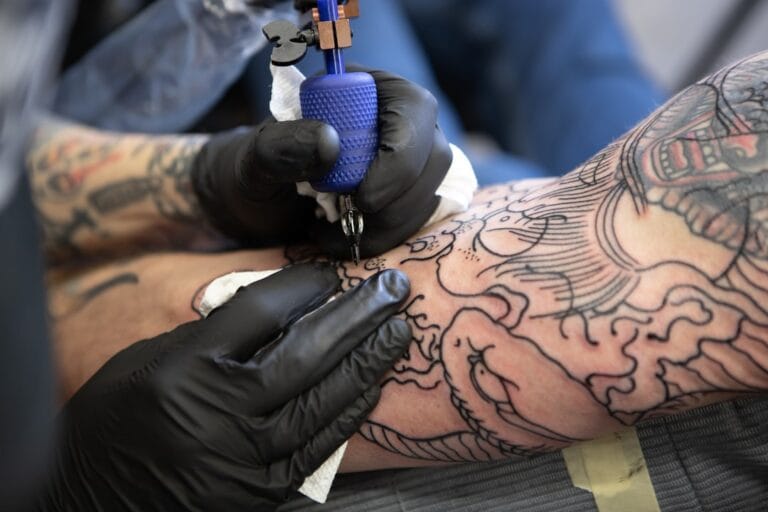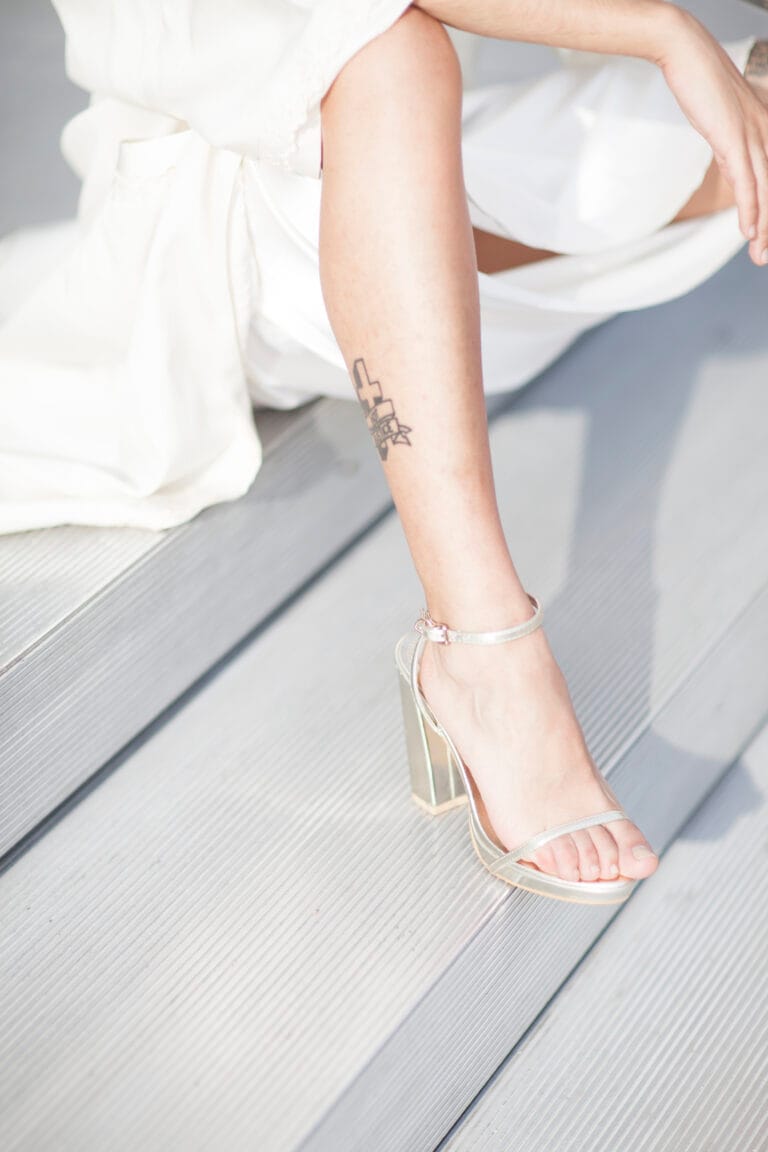Tattoo Budget Planning for Multisession Projects
When embarking on the journey of getting a tattoo, one of the most crucial steps is setting a realistic budget. Tattoos can vary significantly in price, influenced by factors such as size, complexity, and the artist’s experience. It is essential to assess your financial situation and determine how much you are willing to invest in…

